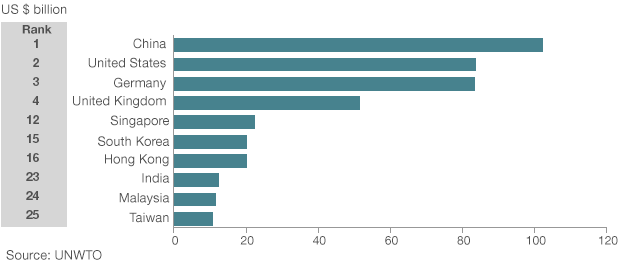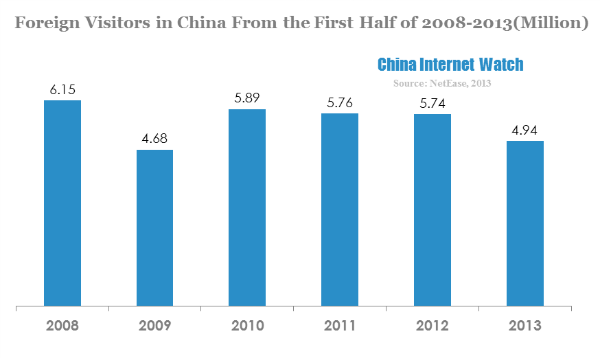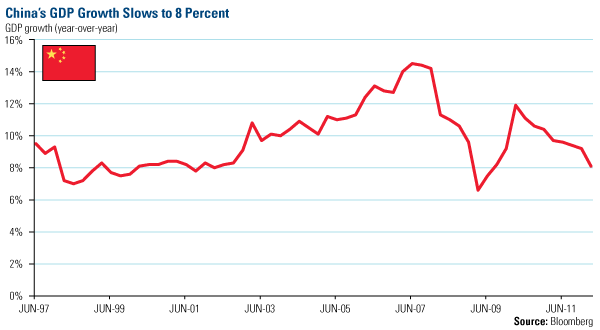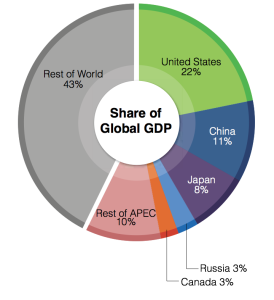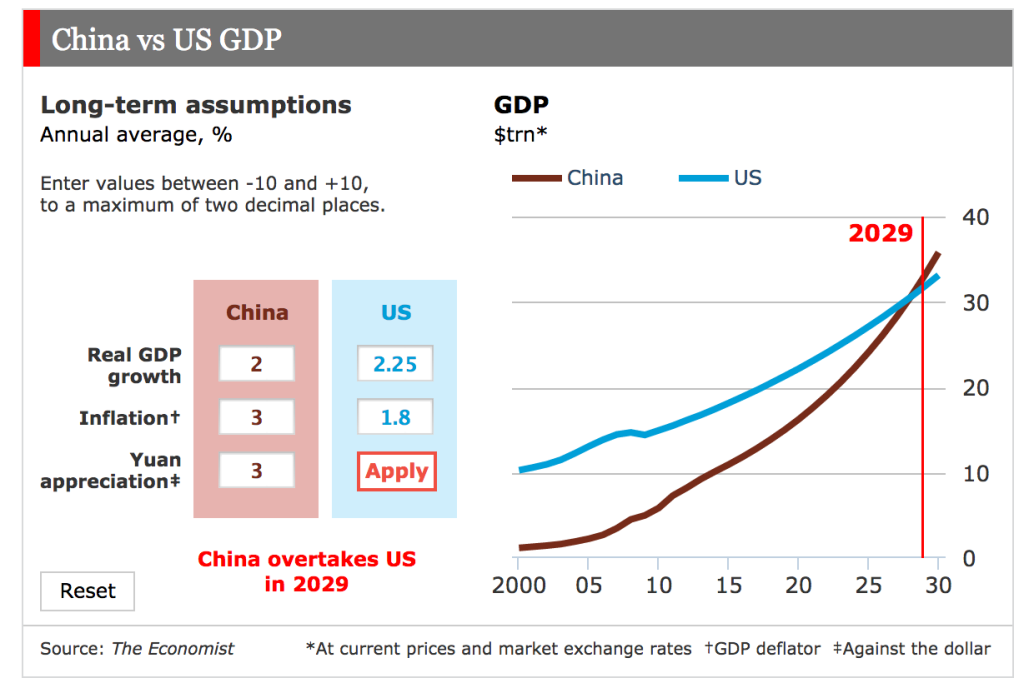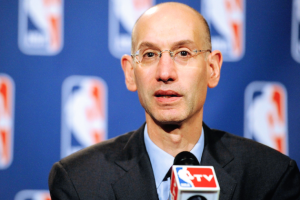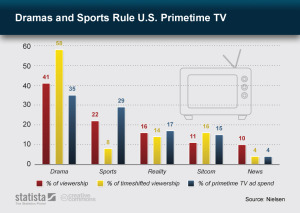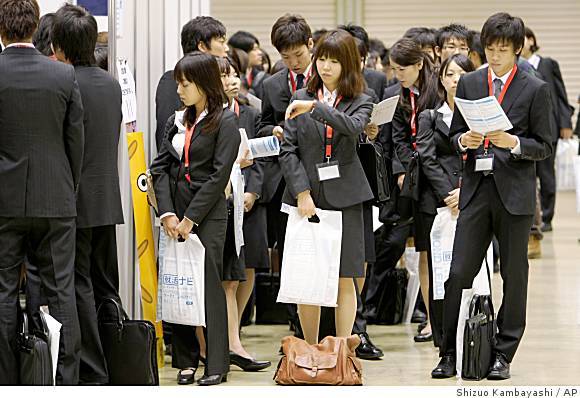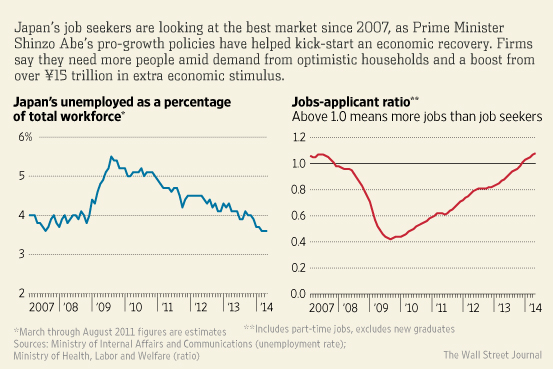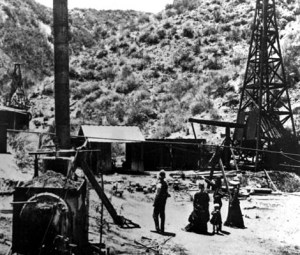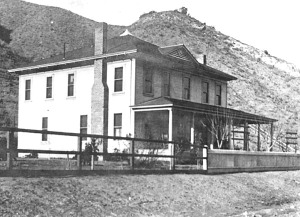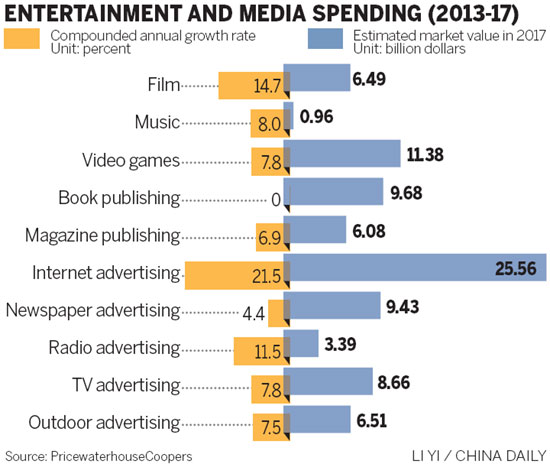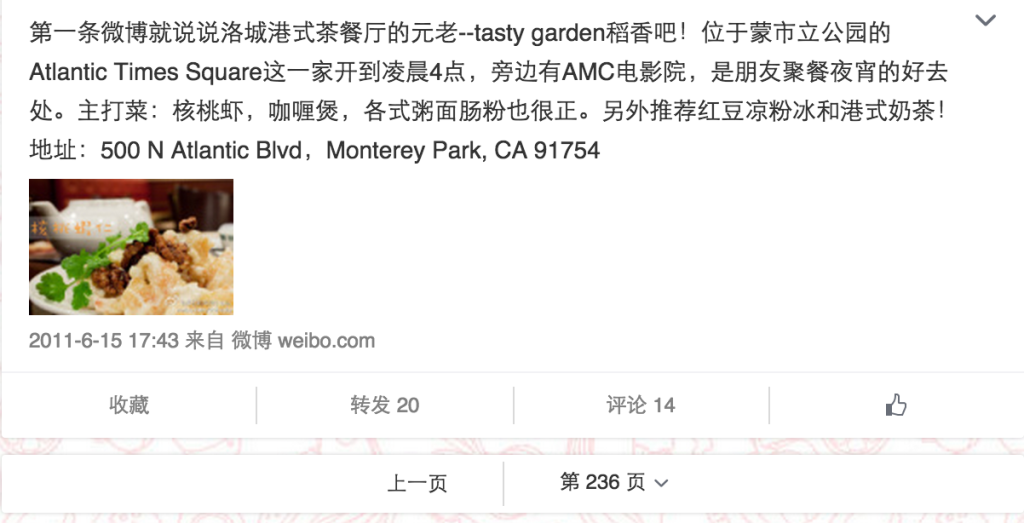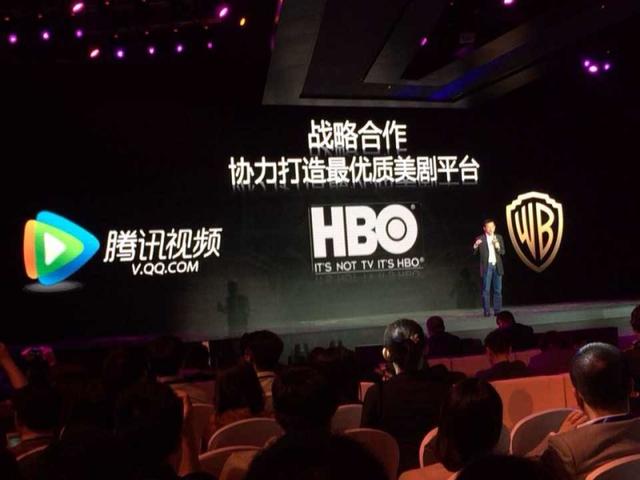
Tencent’s Digital Media Marketing Department manager gives speech regarding the collaboration between HBO and Tencen Video (v.qq.com)
Web-TV service, such as Netflix and Hulu Plus, is growing rapidly, which has forced pay-television network HBO to release its own online-streaming services and step further into Asian market: to distribute TV dramas and movies through the Chinese Internet giant’s online video.
Globally, different from Netflix that directly launches its service in foreign countries, HBO licenses its programming to Tencent, a famous investment holding company whose services include social network, mass media, e-commerce and online games.
Its new deal with Tencent hasn’t disclosed the financial details or broadcast schedules. According to Wall Street Journal, HBO’s international business accounts for about one-quarter of the company’s $4.9 billion in annual revenue. And last year, it added 10 million users overseas, which is twice as many as HBO and Cinemas added domestically in the past decade.
Nonetheless, customers outside of the U.S. pay much less money than Americans for HBO’s programs, which, in other words, the company doesn’t generate a lot of revenue from licensing its programming.
Besides, the Chinese government censorship and local competitors – Youku Tudou Inc. and some internet-pirate sites – still make people feel uncertain about HBO’s future in Chinese market. Bloomberg reporter Xin Zhou said that a pay-to-view channel run by China’s state broadcaster CCTV aired a cut version of “Game of Thrones.” To maintain the program quality and satisfy the viewers without provoking the government seem to require a longtime negotiation among different parties.
Thus, as HBO is shifting its sights on international markets, it’s also ready to create a broadband-only service, which further disrupts the pay-television industry.
In the U.S., since it has to split the revenue with cable distributors, HBO finds it’s getting tougher to profit and dominate the market with current business model. Netflix charges subscribers $7.99 to $11.99 per month, while HBO charges $13 to $15 per month. Although Netflix’s total subscribers were not even half them of HBO, its subscriber revenue inched past that of HBO in the second quarter of 2014: $1.146 billion compared to $1.141 billion for HBO.
Also, HBO didn’t plan to offer its online services to non-pay-television subscribers until Time Warner Inc. CEO Jeffrey Bewkes announced on Oct 16, 2014 that HBO will offer its own online-streaming in 2015. This announcement immediately led TWX stock to soar 8.7 percent.
The online-streaming service will bypass the cable middleman and deliver the shows directly to the viewers. It aims to adding 10 million broadband-only users who consume video online.
HBO’s series of plans do provide an alternative for cable providers.




